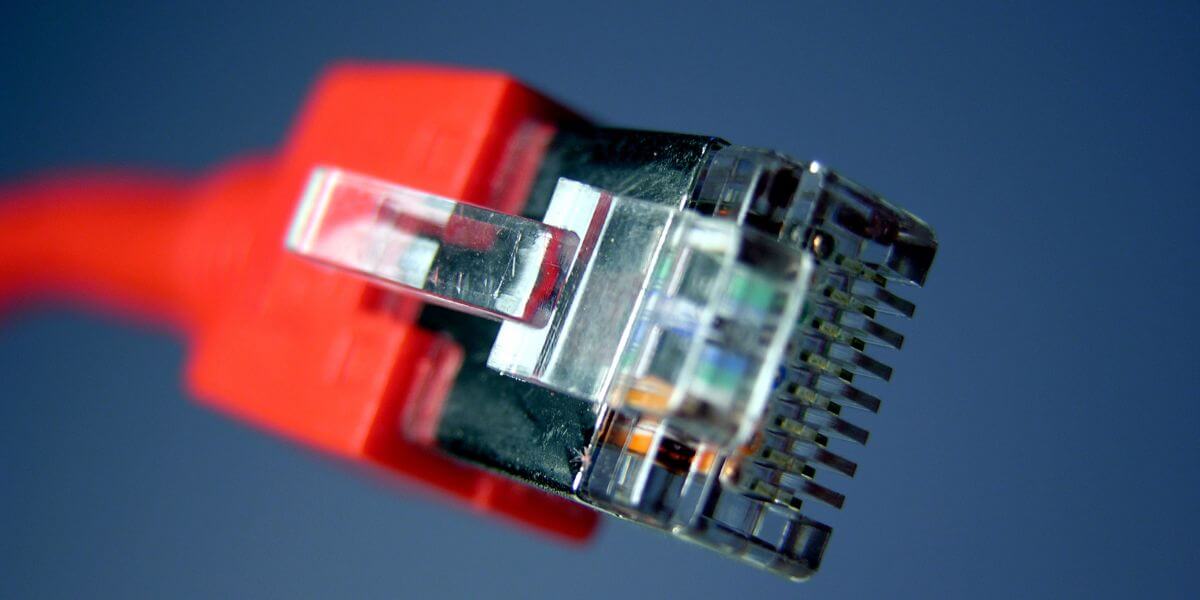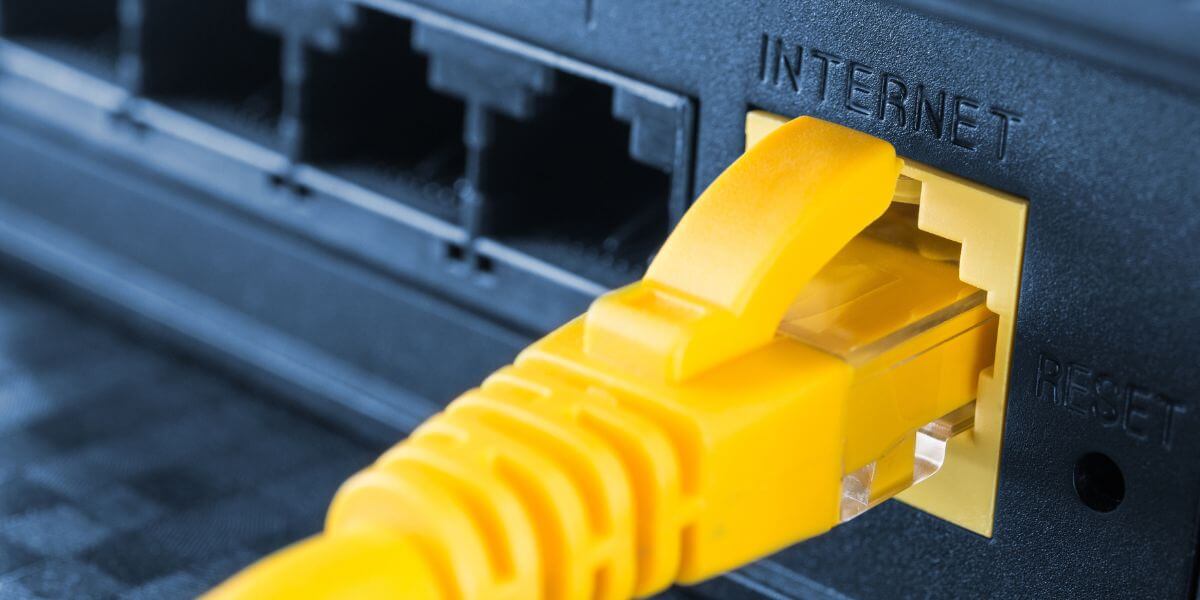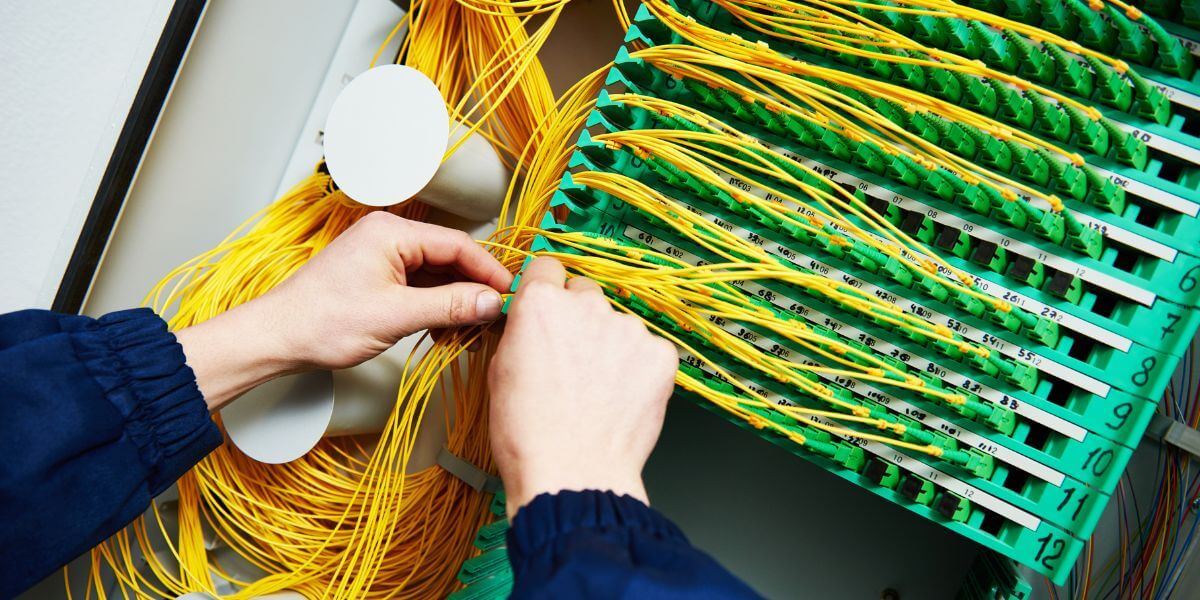Decoding Upload vs. Download Speeds
Table of Contents
Internet speed is the lifeline connecting us to our increasingly online world. Whether you’re video conferencing with colleagues, streaming your favorite show, uploading content to social media, or engaging in competitive online gaming, your internet speed directly impacts your digital experience. But what exactly do we mean when we talk about “internet speed"? Most importantly, what’s the difference between download and upload speeds, and why does this distinction matter more now than ever before?
Understanding Download vs. Upload Speeds: The Digital Highway
Internet speed is measured in megabits per second (Mbps) or gigabits per second (Gbps), indicating how quickly data travels between your device and the internet. However, not all internet speeds are created equal, and understanding the difference between download and upload speeds is crucial for selecting the right internet service for your needs.
Download Speed: Your Gateway to Consuming Content
Download speed refers to how quickly your internet connection can retrieve data from the internet to your device. When you:
- Stream movies or TV shows on Netflix, Hulu, or Disney+
- Browse websites and social media
- Download files, photos, or software
- Play online games
- Receive emails with attachments
All of these activities rely primarily on your download speed. Most internet service providers advertise download speeds prominently because historically, internet users have consumed much more content than they created.
Upload Speed: Your Channel for Creating and Sharing
Upload speed refers to how quickly your internet connection can send data from your device to the internet. When you:
- Host video conferences on Zoom, Teams, or Google Meet
- Upload videos to YouTube or TikTok
- Share photos on Instagram or Facebook
- Back up files to cloud storage
- Send emails with large attachments
- Participate in live online gaming tournaments
These activities rely a lot on your upload speed. For a long time, upload speeds didn’t get much attention from providers or users. But now, in today’s interactive and content creator-filled world, having strong upload speeds is more important than ever.
The Traditional Speed Imbalance

Speed connections by type
Most traditional internet connections feature asymmetrical speeds, meaning download speeds are significantly faster than upload speeds. Here’s how common internet connection types typically compare [1]:
- DSL
- Download Speeds: 10-100 Mbps
- Upload Speeds: 1-10 Mbps
- Cable
- Download Speeds: 100-1,000 Mbps
- Upload Speeds: 10-50 Mbps
- Satellite
- Download Speeds: 12-150 Mbps
- Upload Speeds: 3-5 Mbps
- 5G/Fixed Wireless
- Download Speeds: 100-1,000 Mbps
- Upload Speeds: 10-50 Mbps
- Fiber Internet
- Download Speeds: 300-10,000 Mbps
- Upload Speeds: 300-10,000 Mbps
Back in the early days of the internet, this imbalance made sense because most people were just consuming content, not creating it. Take cable internet, for example—it might give you 300 Mbps for downloads but only 20 Mbps for uploads. That 15:1 ratio shows these networks were built mostly with content consumption in mind.
The Rise of Symmetrical Internet Needs
The digital landscape has fundamentally changed. Today’s internet users are active participants and content creators, not just passive consumers. Consider these trends:
- Remote work: The dramatic shift to working from home has turned millions of households into professional workspaces, with video conferencing becoming as routine as email
- Cloud-based collaboration: Real-time document sharing, cloud storage, and collaborative tools all require robust upload capabilities
- Content creation economy: More people than ever are creating and sharing videos, livestreams, and digital content
- Smart homes: The proliferation of security cameras, voice assistants, and connected devices creates constant upstream data flow
- Telehealth: Virtual doctor visits require high-quality, reliable two-way video communication
- Online education: Interactive learning environments depend on participants being able to share information quickly
What Makes Fiber Internet Different?

Fiber: The New Speed
Fiber optic internet, such as Metronet fiber internet, stands apart from other connection types primarily because of its symmetrical speeds—equal download and upload capabilities. With fiber internet download speeds and technology, data travels as pulses of light along thin glass or plastic strands, allowing for:
1. Perfect Balance Between Download and Upload
Unlike cable or DSL connections that prioritize download speeds, fiber optic internet delivers matching download and upload speeds [2]. This symmetry means you can upload a large presentation or video file just as quickly as you can download one—a game-changer for remote workers, content creators, and families with multiple connected devices.
2. Unmatched Reliability and Consistency
Fiber connections are less susceptible to:
- Weather interference
- Electromagnetic interference
- Distance-based degradation
- Network congestion during peak usage times
This translates to more consistent performance, especially during high-demand periods when everyone in your neighborhood is online simultaneously.
3. Future-Proof Capacity
Fiber optic infrastructure has nearly unlimited potential for speed increases. The same fiber lines that deliver 1 Gbps today can be upgraded to deliver 10 Gbps or more as technology advances, all without replacing the physical lines. This scalability makes fiber the most future-proof internet technology available [3].
Real-World Impact of Symmetrical Speeds
To understand why symmetrical speeds matter, consider these everyday scenarios:
Video Conferencing: A high-definition video call requires about 3-5 Mbps upload and download speeds. While most internet connections can handle the download portion, asymmetrical connections with limited upload capacity often lead to the familiar “your video is freezing" experience during important meetings.
Cloud Backup: Backing up a 1TB photo library to cloud storage would take [4]:
- Approximately 2.5 hours with a symmetrical 1 Gbps fiber connection
- Over 2 days with a typical cable internet upload speed of 20 Mbps
Family Connectivity: In a household where parents are video conferencing for work while children are attending online classes and uploading assignments, asymmetrical connections quickly become overwhelmed on the upload side, causing disruptions for everyone.
What Internet Speed Do You Actually Need?

What speed is right for you?
While needs vary based on household size and usage patterns, these guidelines can help you determine appropriate speeds:
Download Speed Requirements
- Basic browsing and email: 5-25 Mbps
- HD video streaming on 1-2 devices: 25-50 Mbps
- 4K streaming and regular downloads: 50-100 Mbps
- Multiple users with heavy streaming/gaming: 100-500 Mbps
- Smart home with many connected devices: 200+ Mbps
Upload Speed Requirements
- Basic email and social media: 3-5 Mbps
- Video calling (one person): 5-10 Mbps
- Multiple simultaneous video calls: 10-20 Mbps
- Frequent large file uploading: 20-50 Mbps
- Content creation and live streaming: 50+ Mbps
For optimal performance, particularly in households with multiple users or remote work requirements, symmetrical speeds of at least 100 Mbps provide a solid foundation [5].
The Fiber Advantage: Beyond Speed
Symmetrical speeds might be the biggest perk of fiber internet, but the benefits go way beyond just fast data rates:
Reduced Latency
Latency—the delay between sending and receiving data [6]—is often as important as speed itself. Fiber connections typically offer lower latency than other internet types, resulting in:
- More responsive video calls with less awkward delays
- Better online gaming performance with less lag
- Smoother real-time applications like virtual reality
Consistent Performance
Fiber technology delivers speeds much closer to advertised rates, even during peak usage times. While cable networks in particular suffer from neighborhood congestion during evening hours, fiber networks maintain more consistent performance regardless of how many neighbors are online. Speed tests can help you determine if potential service providers offer consistent performance in your area.
Enhanced Reliability
Fiber optic cables:
- Don’t conduct electricity, eliminating electrical interference
- Are immune to most weather conditions
- Have longer lifespan than traditional copper cables
- Require less maintenance and experience fewer outages
Making the Right Choice for Your Digital Life

Making your speed choice
As our digital lives keep evolving, being able to create and consume content efficiently is more important than ever. When choosing an internet plan, don’t just focus on those flashy advertised download speeds—there’s more to consider:
- What are your upload requirements? If you work remotely, create content, use cloud storage, or have multiple video conference users in your home, prioritize connections with strong upload capabilities.
- How many connected devices do you have? The average home now has 21+ connected devices [7]. Each one requires bandwidth, particularly those that send data like security cameras.
- What are your future needs? As more aspects of our lives move online, internet requirements will only increase. A connection that seems adequate today may not meet your needs in a year or two.
For most households, fiber optic internet’s symmetrical speeds are perfect for keeping up with today’s digital demands while staying ready for whatever the future brings. For years, internet providers focused on download speeds, assuming most of us were just consuming content. But that view is outdated—these days, we’re not just consumers, we’re creators too.
A more balanced internet connection is essential. Symmetrical fiber internet, with equal download and upload speeds, isn’t just a tech upgrade—it’s a game-changer. It supports true two-way communication, making everything from remote work to virtual reality run smoother, and it’s ready for whatever new technologies are on the horizon.
So, when you’re choosing an internet plan, don’t just think about how fast you can download. Think about having the freedom to fully participate in today’s interactive, connected world.
Sources
[1] CNET. “Internet Connection Types Explained: There’s More Than One Way to Get Online."
[2] CNET. “Cable vs. Fiber Internet: How the Two Top Techs Compare."
[3] C&C Technology Group. “Fiber Optic Infrastructure and Internet Guide."
[5] Ascendant. “How Many Mbps Do I Need to Work from Home?"
[6] Cloudflare. “What is latency? | How to fix latency"
[7] Consumer Affairs. “Average number of smart devices in a home 2025."
